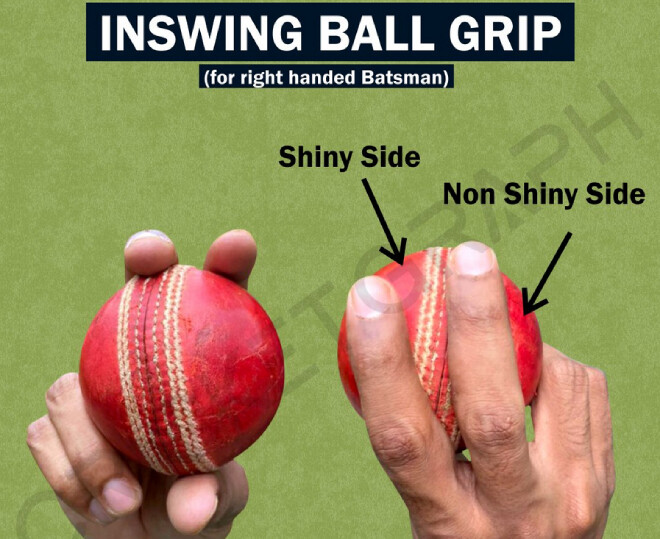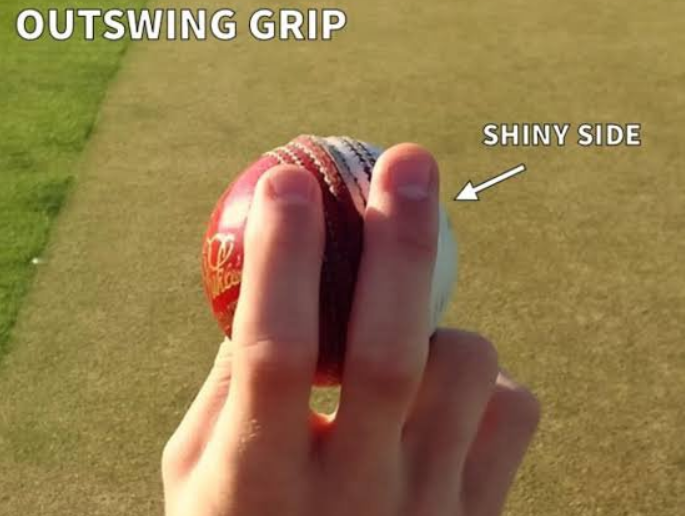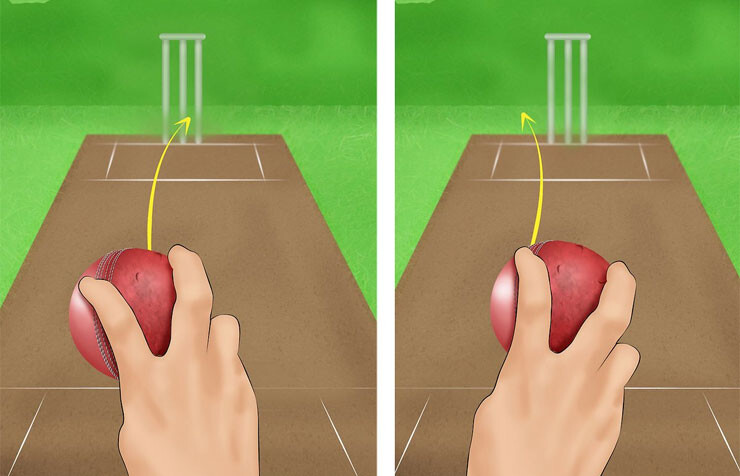Cricket is undisputedly the most thoroughly enjoyed and followed sport across the globe. Batting, Bowling and Fielding form the vital elements of the game and are the base of playing the sport. Cricket has certainly established itself as the epitome of sporting integrity.
While batters play the eminent role by scoring runs for their team, Bowlers are crucial in restricting them and scalping wickets. The art of bowling requires precision, discipline and accuracy. Over time, the bowling domain has significantly developed with the invention of various types of deliveries.
Pace bowling and Spin Bowling are the two integral and inseparable parts of bowling in cricket. Swing Bowling forms the base of pace bowling. Let’s learn more about it and the two distinct swing bowling types, i.e. In-swing and Out Swing.
What is Swing Bowling?
Swing bowling is a technique of pace bowling that essentially involves the bowler’s ability to change the direction of the ball mid-air. There are two types of Swing Bowling:
- Conventional Swing
- Reverse Swing
Conventional Swing involves In-swing and Out Swing whereas Reverse Swing is one of the recently evolved phenomena that is a sharp skill grasped by the new generation bowlers.
A cricket ball’s design is optimized in such a manner that the bowler can use it to make the swing. The season ball used in official international level cricket has a core of cork and is covered by a leather casing with a slightly raised seam that is sewn in. The equator of the ball is stitched with either side of the seam and the ball will degrade from each side of the surface after use.
The fielding side will usually keep one side of the bowl shiny and the other side rough to discover the perfect swing. Let’s find out about the core differences in the types of Conventional Swing:
Difference between In Swing And Out Swing
In Swing and Out Swing are the core of Conventional Swing bowling. Both the swings have distinct directions and significant importance in the course of the game. The typical of creating a swing is to use the ball’s seam and asymmetry away from the intended direction of travel so that the batsman faces the shiny side of the ball.
In Swing
The delivery is called an in-swinger if the seam of the ball is angled towards the leg side. Usually, the bowl will swing in towards the batsman from the off-side to the leg-side. A batsman is hesitant to face swinging deliveries since it involves the chances of getting bowled or out by leg-before delivery (LBW).

The fielding side usually polishes the ball on the shiny side that will be directed towards the batsman with an in-swing. Swinging is a remarkable technique of swing bowling and most batsmen do not have answers to such deliveries. Australia’s Pat Cummins and India’s Jasprit Bumrah are some terrific swinging bowlers.
Out Swing

The delivery is called an outswinger if the seam of the ball is angled towards the slip fielders. The bowler will usually swing the bowl away from the batsman from the leg-side to the off-side. A batsman is careful while facing out swinging deliveries as it involves the chances of getting dismissed by caught behind the stumps with an outside edge.
The fielding side polishes the opposite side of the rough surface to shine the ball that will move away from the batsman. Out Swinging is a pure skillful and masterful job that is extraordinary to execute. Australia’s Josh Hazelwood and India’s Mohammed Shami are some exquisite out-swinging bowlers.
Reverse Swing
Reverse Swing is a recently discovered bowling technique that can be bowled by pace bowlers if the ball has aged out and bowled above 85 mph. A Reverse Swing is a delivery that is expected to swing away from the batsman and swing inwards and vice-versa in case of expecting an in-swing.

Reverse Swing usually takes place when the bowl is angled for conventional swing but the rough side of the ball but the batsman faces the rough side of the ball. Reverse Swing hurts the seam but is excellent to confuse the batsman. New Zealand’s Tim Southee and India’s Umesh Yadav are equipped with the stellar technique.
Swing Bowling requires the shining of a ball but that is only allowed by spitting or rubbing the surface against the pants or cloth. Inappropriate methods of shining the ball are highly demeaning and can have serious consequences. The Australian Test team had been guilty of shining the ball with a Sand Paper that created a tremendous amount of swing. Serious disciplinary action was taken against those involved including skipper Steve Smith, vice-captain David Warner and the accused Peter Handscomb.
Read More: Sachin Tendulkar Centuries Against Australia

